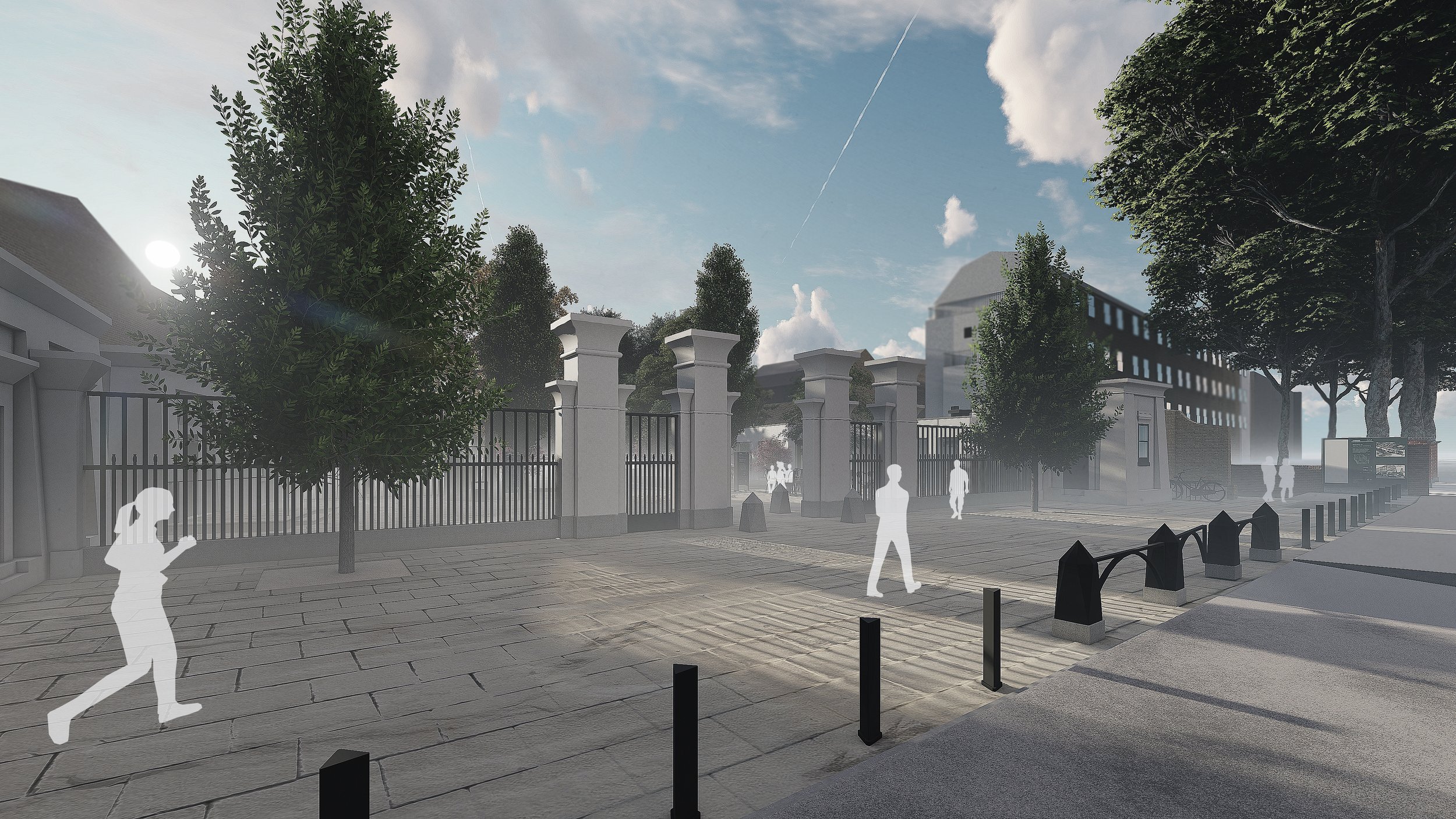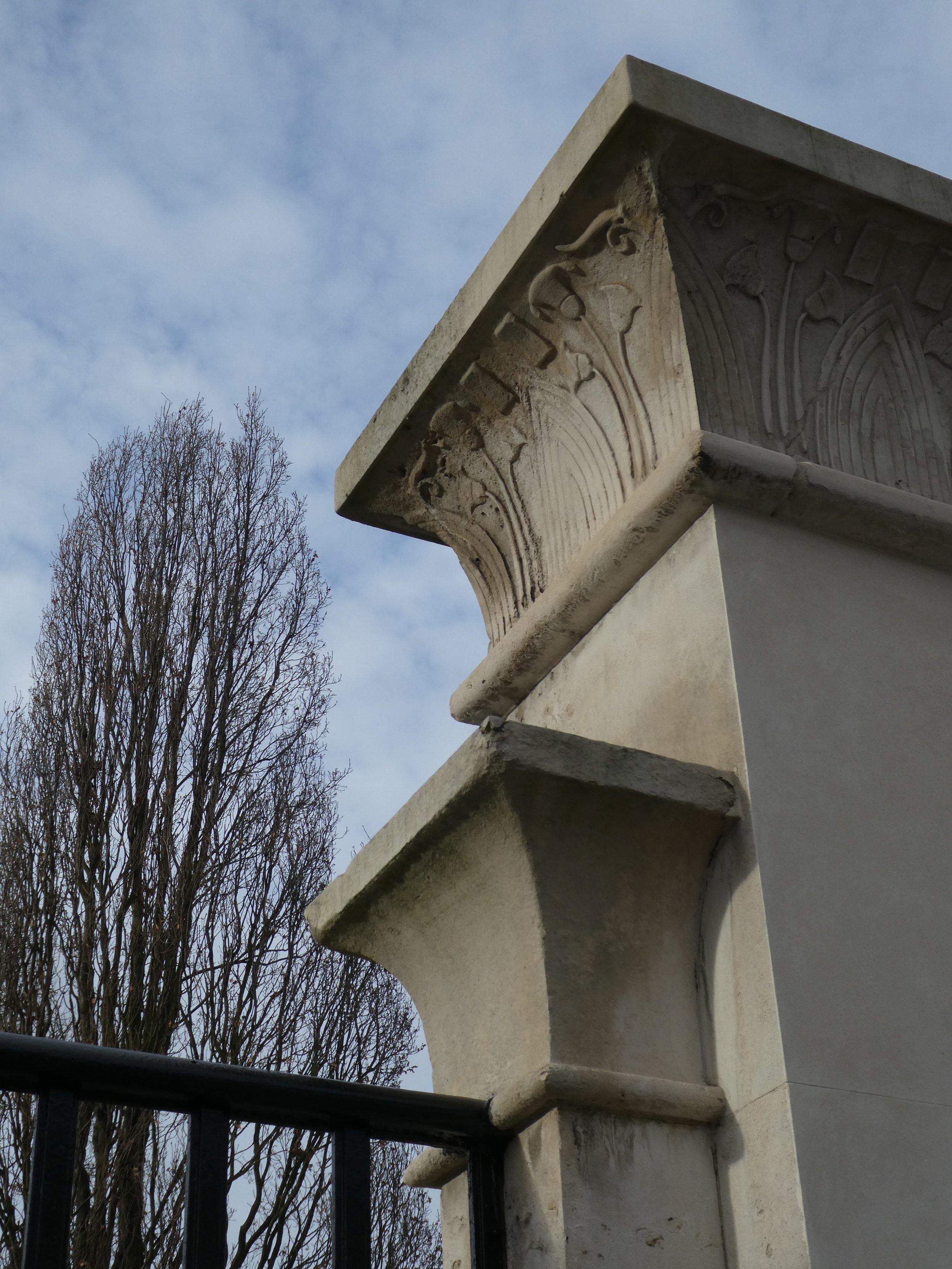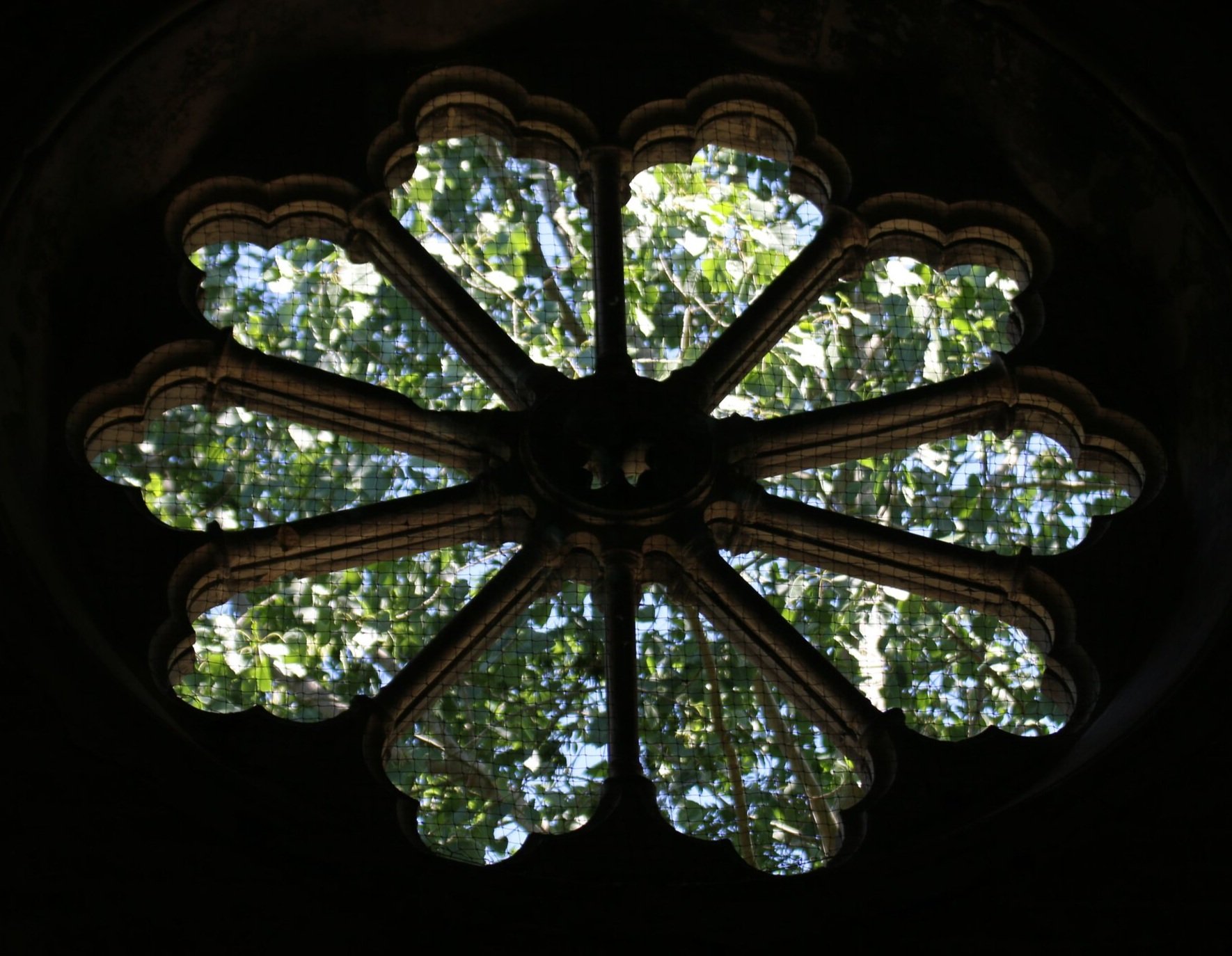Abney Park Cemetery
Learning, Community and Heritage
Once a Victorian arboretum, Abney Park Cemetery was formed as requirements for un-consecrated burial space in Victorian Britain increased. A new trend began for garden cemeteries and Abney stands as one of the remaining Magnificent Seven of London private cemeteries.
Now mainly closed for burials, Hackney Council has sought to renovate the heritage of the site, including the chapel, improve landscaping, wayfinding and interpretation alongside a new-build café, community space and workshop.
The mortuary chapel sees new oak wall linings, slatted vaulted ceilings and cor-ten steel clad pavilions added as well as new stained glass windows with restoration undertaken to the stone tracery. The raised gallery seating is reinstated to assist the chapel to be used for new events.
At the East Entrance, the Egyptian revival style lodges and their gates and railings are being restored. A new-build interpretation café with community space and workshops will be added to the entrance forecourt. Receding along the site wall, the café takes on a pared down aesthetic that compliments the historic elements on site without an attempt to overshadow or replicate these listed elements.
Interpretation will be added across the site to create a cohesive connection between the various elements at Abney and tell the story of the unique garden cemetery.
-
Completion: 2024
Location: Stoke Newington, London
Context: Grade 2 listed chapel, Lodges, Monuments, Walls and railings; One of ‘Magnificent Seven’ Victorian Cemeteries - built 1839; Conservation area; Local nature reserveClient: London Borough of Hackney
Funder: National Lottery Heritage Fund
Structural Engineer: The Morton Partnership
Services Engineer: Crofton Design
Landscape Architect: Allen Scott
Project Manager & QS: Artelia
Contractor: Quinn LondonImages of William Booth used with permission of The Salvation Army International Heritage Centre





















